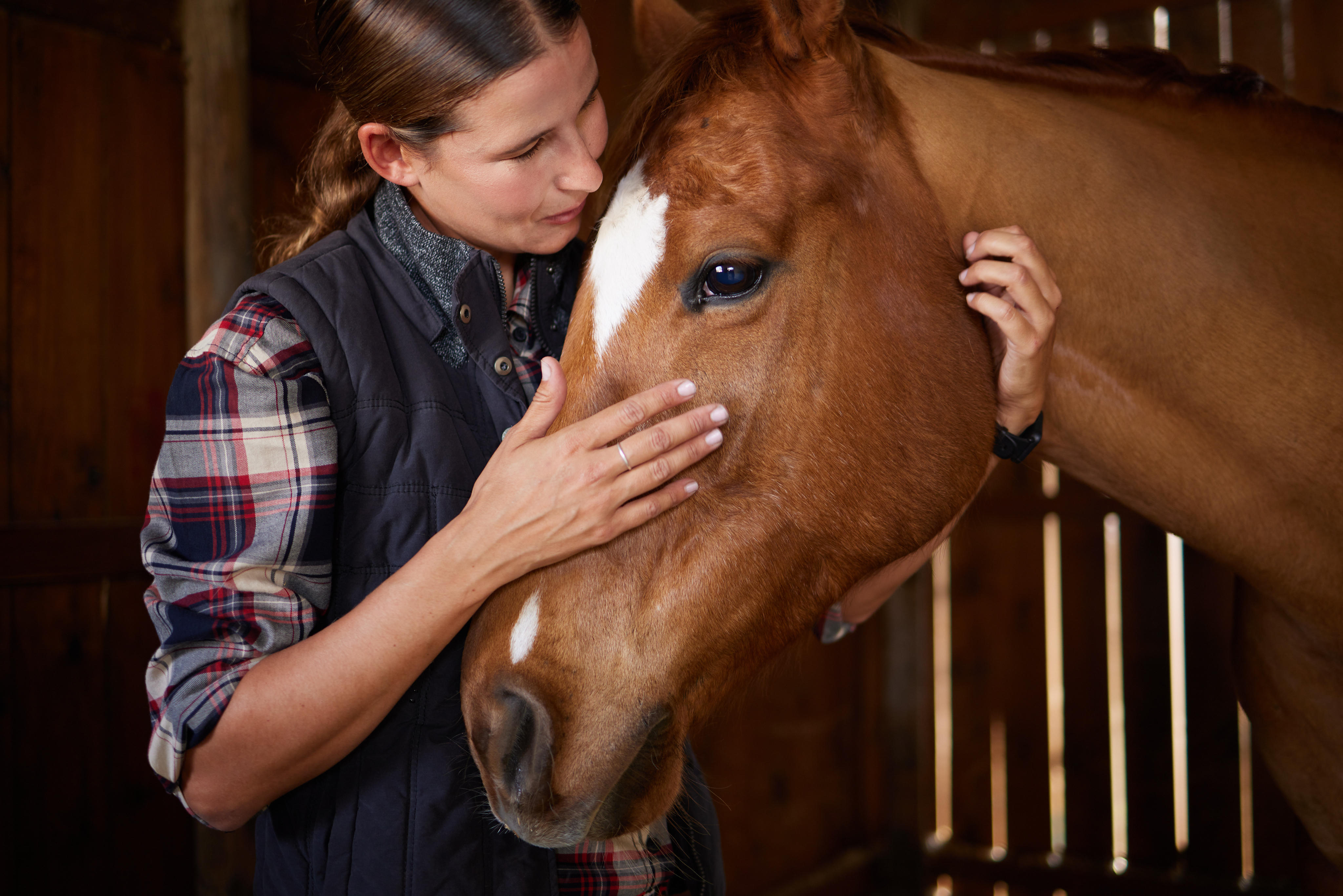Disease Overview
Canine parvovirus type 2 (CPV-2) is highly contagious and attacks the gastrointestinal tract of puppies and dogs. There are 3 variants of the virus, CPV-2a, CPV-2b, and CPV-2c. CPV-2 is one of the most common infectious diseases of dogs. Death can occur as early as 2 days after the onset of illness.20
Merck Animal Health Solutions
NOBIVAC® Canine 1-DAPPv
NOBIVAC® Canine 1-DAPPv+Cv
Nobivac® Canine 1-DAPPvL₂+Cv
NOBIVAC® Canine 1-DAPPv+L₄
Nobivac® Puppy-DPv
Nobivac® Canine 3-DAPv
Transmission
CPV-2 is transmitted by direct contact and contact with contaminated feces, environments, or people. CPV-2 is one of the most resistant viruses to infect dogs and can remain viable in the environment for extended periods of time. The virus spreads through contaminated surfaces, food and water bowls, collars, leashes, and the hands and clothing of people who touch a CPV-2–infected dog.20
Clinical Signs
- Lethargy
- Loss of appetite
- Fever
- Vomiting
- Severe, and often bloody, diarrhea
Risk Factors
- Young dogs
- Dogs that come from shelters, rescue centers, breeding kennels, or pet stores
- Boarding at a kennel or doggie daycare
- Visiting groomers, dog parks, or engaging with other dogs on a daily basis
- Dogs that live in multiple pet homes
References
- McCaw D, Hoskins J. Canine viral enteritis. In: Greene CE, ed. Infectious Diseases of the Dog and Cat. 3rd ed. St. Louis, MO: Saunders/Elsevier; 2006:63–73.




 Go To United States
Go To United States Algeria
Algeria Argentina
Argentina Australia
Australia Austria
Austria Bahrain
Bahrain Belgium (Dutch)
Belgium (Dutch) Brazil
Brazil Canada (English)
Canada (English) Chile
Chile Colombia
Colombia Croatia
Croatia Czech Republic
Czech Republic Denmark
Denmark Ecuador
Ecuador Egypt
Egypt Finland
Finland France
France Germany
Germany Greece
Greece Hungary
Hungary India
India Indonesia
Indonesia Iraq
Iraq Ireland
Ireland Israel
Israel Italy
Italy Japan
Japan Jordan
Jordan Kuwait
Kuwait Lebanon
Lebanon Malaysia
Malaysia Mexico
Mexico Morocco
Morocco Netherlands
Netherlands New Zealand
New Zealand Norway
Norway Oman
Oman Panama
Panama Peru
Peru Philippines
Philippines Poland
Poland Portugal
Portugal Qatar
Qatar Romania
Romania Russian Federation
Russian Federation Saudi Arabia
Saudi Arabia South Africa
South Africa South Korea
South Korea Spain
Spain Sweden
Sweden Switzerland (French)
Switzerland (French) Taiwan
Taiwan Thailand
Thailand Tunisia
Tunisia Turkey
Turkey Ukraine
Ukraine United Arab Emirates
United Arab Emirates United Kingdom
United Kingdom Uruguay
Uruguay Yemen
Yemen Global
Global